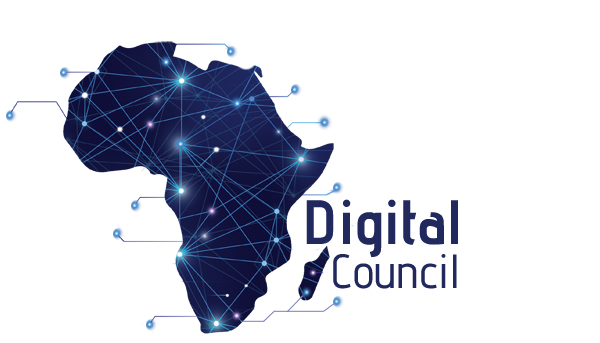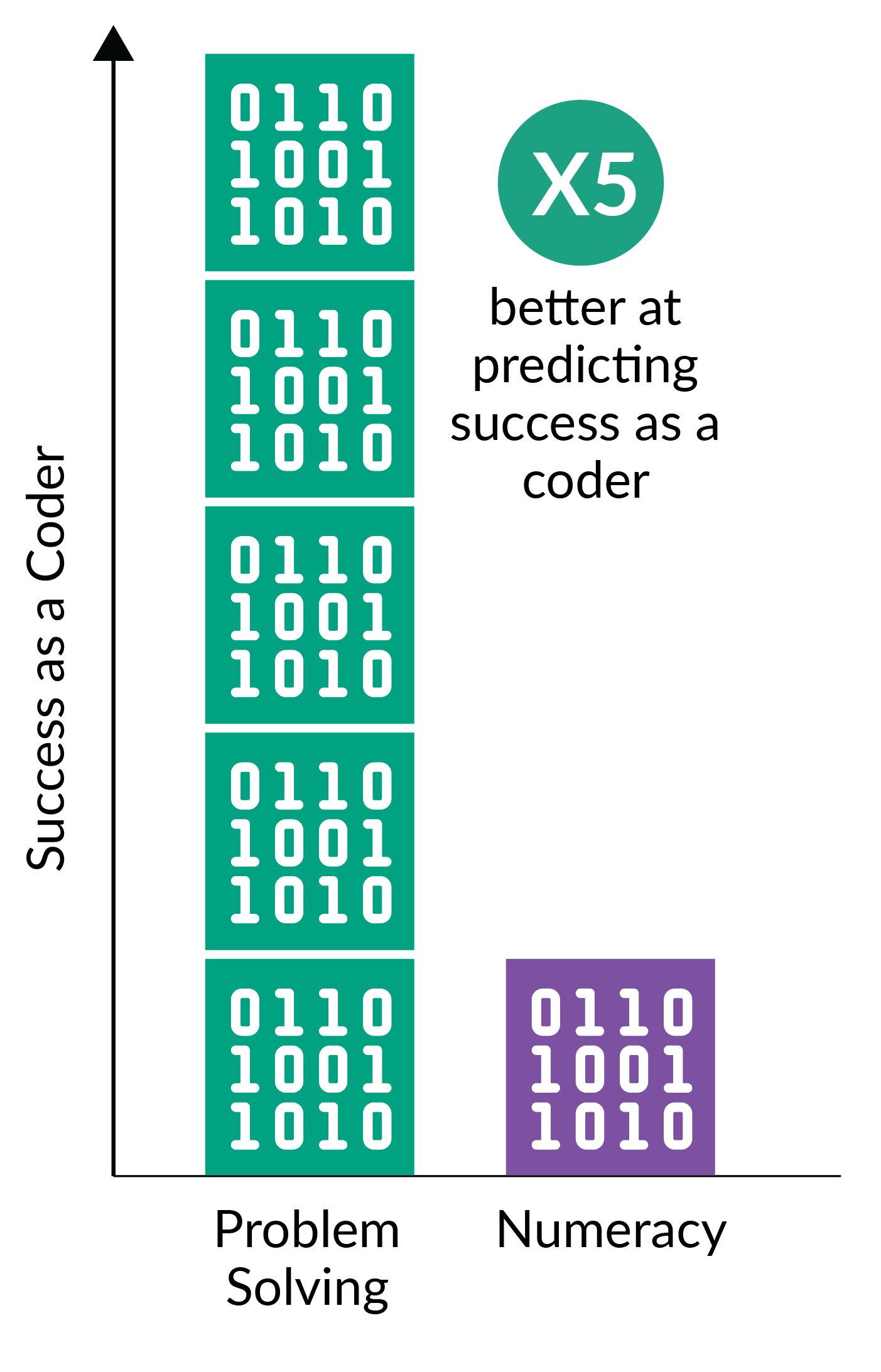

SA Youth connects young people to work and employers to a pool of entry level talent.
Are you a work-seeker?
We must find a way to provide meaningful solutions for young people in South Africa, whose labour force participation rate dropped significantly this year,2 according to Statistics South Africa’s Quarterly Labour Force Survey (QLFS).3 Like Harambee, so many organisations are more motivated than ever to make a difference to the livelihoods of young people in South Africa. This collaborative research aims to understand where the demand for entry-level talent exists and how we can bring young people into a growing digital world. Access to the full report can be found here.
Organisations in South Africa, and around the world, face the challenges of developing multi skilled workforces that meet the criteria of digital workplace demands, virtualised teams and the rapidly evolving world of work. Demand for these skills far outstrips supply in the digital economy. We see that traditional pathways are not addressing the market demand.
Enthusiasm about the contribution of the ICT sector in providing high-quality jobs for youth is well-founded. There is much demand for skills – globally and locally – as digital transformation continues apace. Many organisations invest in their own training… but, what really works? What is really needed?
The Harambee Mapping of Digital and ICT Roles and Demand for South Africa Survey takes a deep dive into the critical roles to support growth in the digital economy, as well as the size and nature of offshoring of digital demand outside of South Africa. The research identifies what roles, functions and competencies are in demand with granular detail, as well as which certifications are most needed by businesses and employers.
The fieldwork for this survey was conducted at a time of sudden, unexpected and extraordinary change brought on by the global COVID-19 pandemic. As a result, all 102 small, medium and large South African enterprises that participated in the survey, agreed unanimously that they are facing workplace challenges that have never been seen before. As the world transitions in to this ‘new normal’, businesses are changing how they work which has resulted in greater skills, talent and hiring challenges.
Read more for key insights and access the full report here.





![Screenshot 2020-09-09 at 11.46.16[2][1]](https://www.harambee.co.za/wp-content/uploads/2020/10/Screenshot-2020-09-09-at-11.46.1621.png)









The South Africa in the Digital Age (SADA) initiative recently issued a roadmap for how the country’s current 50,000 jobs, serving a global export market, can be scaled ten times to 500,000 new jobs by 2030. This is based on the exploding trade of ‘digitised services’ requiring skilled human capital. The roadmap establishes South Africa’s global competitiveness in exporting services, including contact centre services, coding, finance, accounting and legal support. Twice as many South Africans work in these jobs now than in the country’s automotive industry. And these jobs can be done without a tertiary or university degree.
Similarly, our recent research forecasts demand for 66,000 potential jobs in digital and ICT roles in the next year – two-thirds of which are entry-level roles. South Africa must prepare its skilling pathways and training programmes to meet this demand, and ensure that we are bringing young people who need those jobs the most, into the digital economy.
Figure 1: Forecasted demand for in demand ICT and Digital Roles in South Africa over the next year

Source: Harambee Mapping of Digital and ICT Roles and Demand for South Africa Survey, 2020
The research shows that a staggering 69% of firms surveyed say that they outsource digital work and expertise to other countries. This equated to them paying just under R150 million per annum to service providers in other countries to facilitate this business. This translates to an estimated lost export revenue of about R8,5 billion per annum4. While cost is a compelling factor for domestic businesses to send work to other countries, other influenceing factors include the quality of skills and talent.
Reshoring and bringing this digital work that is being sent to markets such as China, India and Eastern Europe back to South Africa, presents significant high-earning job opportunities for unemployed youth in South Africa.
Encouragingly, the research shows that South Africa is already uniquely qualified on some of the factors that matter the most to firms – in fact, more than half (55%) of survey respondents indicated that they have the capability to service international markets from South Africa. This includes cross-border trade and exports of goods and services and the provision of nearshore or far-shore global business services for countries such as Australia, Canada, France, Germany, the United Kingdom, the United States and other African countries.
To continue to service these markets effectively, businesses realise the need to train workers with the right type of digital skills and cognitive abilities to provide technology-enabled support, assistance and process fulfillment.
Figure 2: Many jobs are lost as South African employers outsource digital work and expertise to other countries

Source: Harambee Mapping of Digital and ICT Roles and Demand for South Africa Survey, 2020
Digitial skills training can often be too generic, and not specific enough to train a young person for an actual job that is in demand in the market. This research aims to do something different by identifying at a granular level what the most in-demand roles are to inform the country’s training investments. These roles include desktop support technicians, junior software developers, and data analysts. The research also identifies that over the next five years, machine learning and data management skills will grow in importance, with data analysts viewed as the most in demand.
To generate skills for these jobs, pathways into digital roles need to be cheaper, quicker and more inclusive. Traditional training curriculums have required many years of formal training, degrees, and/or extensive work experience (e.g., a three-year degree in computer science costs R150,000).
This has excluded many young people who can do the work. To address this shortage, businesses are showing that they are more open to accepting “micro-credentials,” which offer subject-specific certifications for those who cannot access a full-length university degree. This aligns favourably with global trends for short courses and real-time training that enable employees to consistently reskill and retool.
Vendor-specific certifications are one form of micro-credentialing that is readily available to young people. The research found that the most in demand vendor-specific certifications included Microsoft Azure Data Scientist and Developer, Google Cloud Developer and Amazon Web Services Cloud Practitioner.
By making these pathways more accessible, real jobs are available on the other side of the training.

Figure 4: Most in-demand vendor-specific certifications in digitial skills training

For these jobs to be accessible to young people, it is essential that businesses adopt inclusive hiring practices that do not unnecessarily exclude applicants based on educational qualifications alone. There are two proven methods to improve inclusive hiring for digital and ICT roles.
First, ensure that assessment and interview processes used are inclusive. For example, there is an assumption in hiring for digital and ICT talent that candidates must have a high proficiency in mathematics. However, Harambee has found through its data and research that key indicators of success for coding include problem solving and critical thinking. These can be even better indicators of performance than numerical and verbal reasoning alone. One Harambee experiment found that problem solving is five times better at predicting success as a coder than numeracy. This suggests that hiring processes should not be using maths, or maths alone, as a requirement for hiring. Furthermore, bias can exist in aptitude assessments for digital skills. A study found that unvalidated assessments (those created in-house/not tested) can show up to a 30% difference in average results, with men scoring higher than women. Assessments should therefore be tested for bias based on gender, class and race to ensure inclusive hiring.
Second, ensure that young people in their first jobs are given the right onboarding experience to set them up for success in the workplace. Through our work we have found that employers don’t have the experience or management capacity to successfully integrate entry-level talent into the workplace. A stepping stone experience may be needed for unemployed youth to become proficient contributing members of the workplace.
Over the last three years we have been working in this sector, partnering with organisations who provide breakthrough solutions to upskilling young people for digital jobs such as WeThinkCode_, CapaCiTi, Tshimologong Digital Skills Academy and Explore Data Science Academy. Outside of South Africa, SamaSource provides a model of taking on entry-level talent to provide them with coaching and mentorship while they deliver real digital services for clients.
Harambee has also launched an incubator called DigiLink to help unemployed young people gain practical experience while bridging the gap for roles such as software engineers, data analysts, and testers while doing real work for clients under the guidance of experienced mentors.
All of these models provide pathways for excluded youth to find a pathway into the digital economy.

2 Labour force participation rate for those aged 15-24 dropped from 27,2% in Q1 2020 to 15,7% in Q2 2020
3 StatsSA, 2020, http://www.statssa.gov.za/publications/P0211/P02112ndQuarter2020.pdf
4 BPESA GBS Job Reports | Knowledge Executive Source Data | Genesis Analytics | South Africa in the Digital Age (SADA) 2020